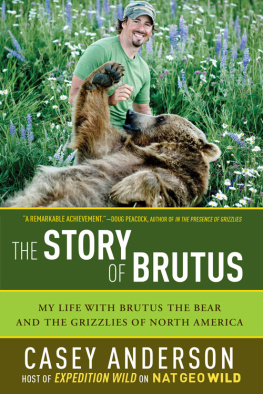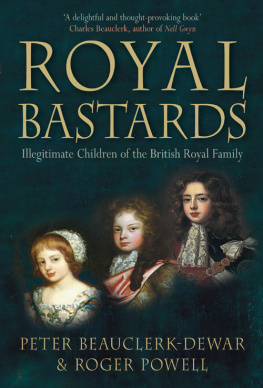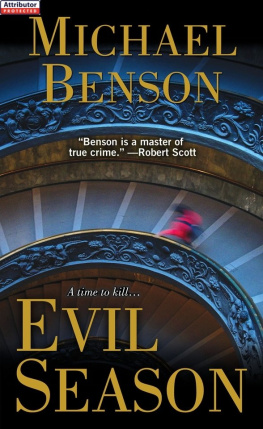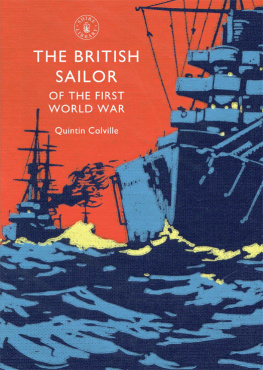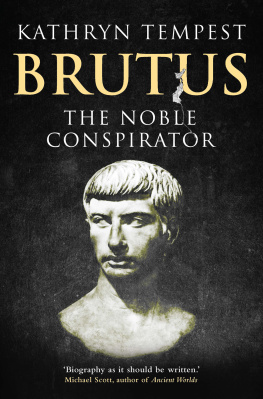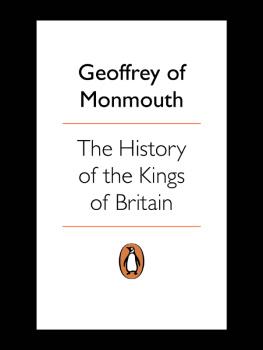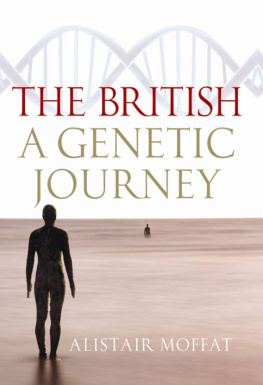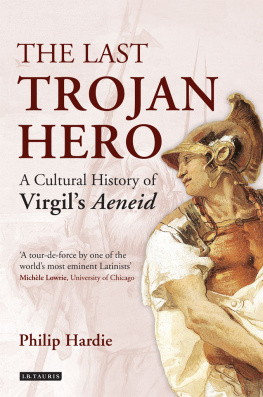Dedication
Respectfully dedicated to my tenth cousin twice removed, HRH Prince George of Cambridge, the future heir to Brutuss sea-girt realm .
Also by Anthony Adolph:
Tracing Your Family History
Tracing You Homes History
Need to Know? Tracing Your Family History
Tracing Your Irish Family History
Who Am I? The Family Tree Explorer
Tracing Your Scottish Family History
The Kings Henchman: the Commoner and the Royal who saved the monarchy from Cromwell
Tracing Your Aristocratic Ancestors
In Search of Our Ancient Ancestors: from the Big Bang to Modern Britain, in Science and Myth
Illustrations
Unless otherwise credited, all drawings, diagrams and photographs are by the author.
First published in Great Britain in 2015 by
Pen & Sword Family History
an imprint of
Pen & Sword Books Ltd
47 Church Street
Barnsley
South Yorkshire
S70 2AS
Copyright Anthony Adolph 2015
ISBN: 978 1 47384 917 4
PDF ISBN: 978 1 47384 920 4
EPUB ISBN: 978 1 47384 918 1
PRC ISBN: 978 1 47384 919 8
The right of Anthony Adolph to be identified as the Author of this Work has been asserted by him in accordance with the Copyright, Designs and Patents Act 1988.
A CIP catalogue record for this book is available from the British Library
All rights reserved. No part of this book may be reproduced or transmitted in any form or by any means, electronic or mechanical including photocopying, recording or by any information storage and retrieval system, without permission from the Publisher in writing.
Typeset in Ehrhardt by
Mac Style Ltd, Bridlington, East Yorkshire
Printed and bound in the UK by CPI Group (UK) Ltd,
Croydon, CRO 4YY
Pen & Sword Books Ltd incorporates the imprints of Pen & Sword Archaeology, Atlas, Aviation, Battleground, Discovery, Family History, History, Maritime, Military, Naval, Politics, Railways, Select, Transport, True Crime, and Fiction, Frontline Books, Leo Cooper, Praetorian Press, Seaforth Publishing and Wharncliffe.
For a complete list of Pen & Sword titles please contact
PEN & SWORD BOOKS LIMITED
47 Church Street, Barnsley, South Yorkshire, S70 2AS, England
E-mail:
Website: www.pen-and-sword.co.uk
Contents
Brutuss world. The dotted line shows his route as given by Geoffrey of Monmouth (though precisely how Brutus reached Buthrotum is not stated). Inset is a map of La Corua, showing the Tower of Hercules in relation to the old city and harbour.
Introduction
On the second Saturday of November each year, a great procession winds through the City of London, leading the new Lord Mayor on his journey to take his oath of loyalty to the sovereign of Great Britain. The tradition of the Lord Mayors Show is as old as the office of Lord Mayor itself, dating back to 1189. In early times he travelled by barge to Westminster, and now he goes in his magnificently gilded coach to take his oath at the Royal Courts of Justice on the Strand. But though the route has changed, his journey has always been accompanied by great spectacle and pageantry. Crowds line the streets waving Union Jacks at a long succession of marching bands and floats. There are the Royal Marines jogging along in their combat gear, the Royal Yeomanry in their splendid uniforms, the Honourable Artillery Company marching along with buttons and belt buckles shining, and many other representatives of the British armed forces too. There are floats from the venerable City Livery Companies the Fruiterers float piled up like a market stall, the Fishmongers led by an enormous green fish and the Paviors accompanied by a huge, inflatable pig. There go the Freemasons in their colourful sashes, and representatives of the great City law firms, chartered accountants and banks, the powerhouses of the worlds economy. In amongst them all are many representatives of Londons modern and diverse population, on the floats of charities for the handicapped and disadvantaged, arts foundations, musical groups and choirs, and the Scouts and Guides and many, many, more as much of life as the world will show, as Dr Johnson said of London, and as true now as it ever was in his day.
At the rear comes the new Lord Mayor himself, in his sumptuous red robes, waving cheerily to the crowds. But up near the front, what have we seen? Amidst the thunder of the drums, the skirl of bagpipes and cheering of the onlookers there loom two tall, wicker figures like monstrous Iron Age warriors, towering above the robed humans who escort them (see plate 1). As they gaze solemnly down from beneath their antique, crested helms they seem arcanely frightening, fiercely armed with spear, sword, shield and a quiver bristling with arrows. Their names, written on flags beside them, seem hoary too: Gog and Magog. The giants seem crudely out of place as they pass by the slick steel and glass frontages of the Citys offices and coffee shops, yet they seem also to be, strangely, in place, as if all this, anciently, was theirs. As if they alone are the guardian spirits of the old stones of the City. They have been here always, they seem to say, and always will be.
How they came to be here, leading the many faces of modern Britain through Britains capital in this way, is told in this book, though this book is not about them specifically. Londons giants arose as an almost accidental byproduct of a far greater story; that of Britains quest for its own identity. They appeared first as bit players in a story that our ancestors invented to explain where they came from the story of Brutus of Troy. That Brutus is not the same as the Brutus who founded the Roman Republic, nor the Brutus who murdered Caesar. Originally, our British Brutus was called Britto, a name derived deliberately from the name of Britain itself, but the Roman one sounded grander, so it was adopted for the islands founding hero instead. More than half a millennium before there was a Lord Mayor in London, our Dark Age forefathers used Brutus of Troy to link their ancestral story back into the overarching narratives of world history as told in the Christian Bible and the Greek tales of the siege of Troy.
For more than a thousand years, anyone who thought about Britains origins thought about Brutus and his sidekick Corineus and the giant Gogmagog from whom they wrested control of Britain in the first place. The crowds of medieval London who cheered on earlier Lord Majors Shows knew their names and deeds by heart. The royal genealogies stretched back to Brutus as the ultimate founder of the monarchy. London was even known sometimes by the name that Brutus was said to have given it when he laid the citys first foundations: Trinovantum, New Troy. But then, when this grand myth faded in the face of modern, scientific rationalism, the identities became confused: Brutus was almost forgotten, Corineus became Gog, and Gogmagog ended up as plain old Magog. But the two statues, now known as Gog and Magog, were still wheeled out from Guildhall every year, as they are to this day, to lead the Lord Mayors procession. Through them, in a strange, convoluted and very British sort of way, does the Matter of Britain, as the ancient myths of our island are termed, live on.
I must have seen Gog and Magog and wondered who they were when my parents took me to see a Lord Mayors Show when I was four. But my fascination with Brutuss world that deeply arcane world of the ancient Britons was reignited by a televised production of Shakespeares Cymbeline in the mid-1980s, which led me back to read King Lear . In both plays Shakespeare evokes a world hovering fantastically between myth and reality, a spine-tingling land of sickle on mistletoe and ivy on timeless stones, a Britain drenched in druidic secrets, so old that its mornings seem like the sunrises at the dawn of the world.




